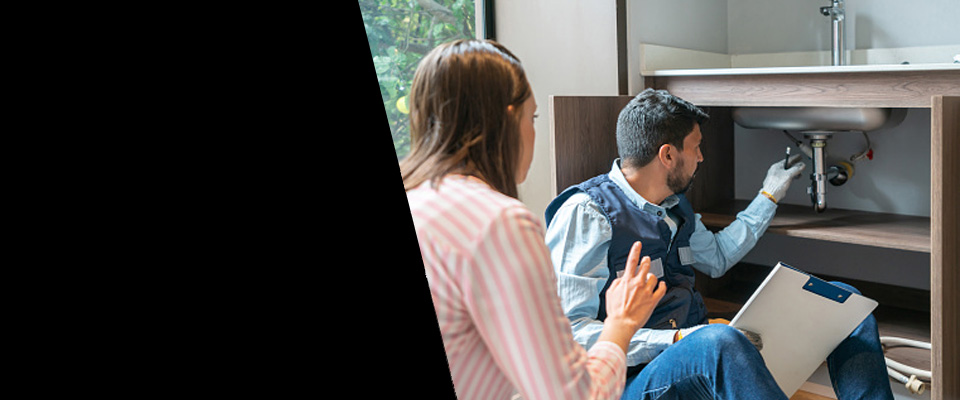Pipe Inspections Plumbing Services in Lewisberry, PA
Lewisberry Pipe Inspections Professionals available now in York County
Pipe Inspections is a diagnostic plumbing service that uses remote imaging and diagnostic tools for system evaluation. It helps identify blockages, corrosion, leaks, and structural issues without the need for extensive excavation. These inspections provide valuable data for maintenance planning and early intervention, ultimately ensuring pipeline longevity and effectiveness
We provide excellent Plumbing services throughout York County. Whether you need help with Pipe Inspections or other issues, our Pros is ready.
Plumbing Services in Lewisberry, PA

Appliances
Installing dishwashers, water heaters (tank and tankless), waste disposal unit, and washing devices.
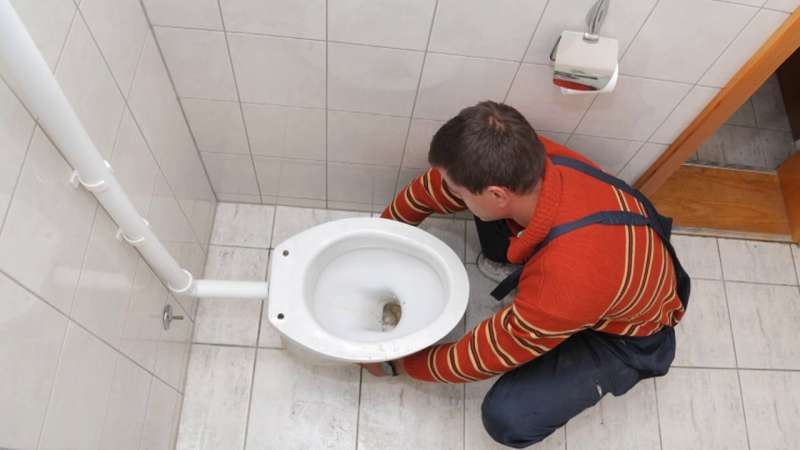
Backflow Testing and Prevention
Ensuring backflow prevention devices are working correctly.

Bathroom and Kitchen Remodeling
Transferring or updating plumbing systems.

Building Code Compliance
Guaranteeing plumbing systems satisfy local policies.

Burst Pipes
Immediate response to prevent flooding and water damage.
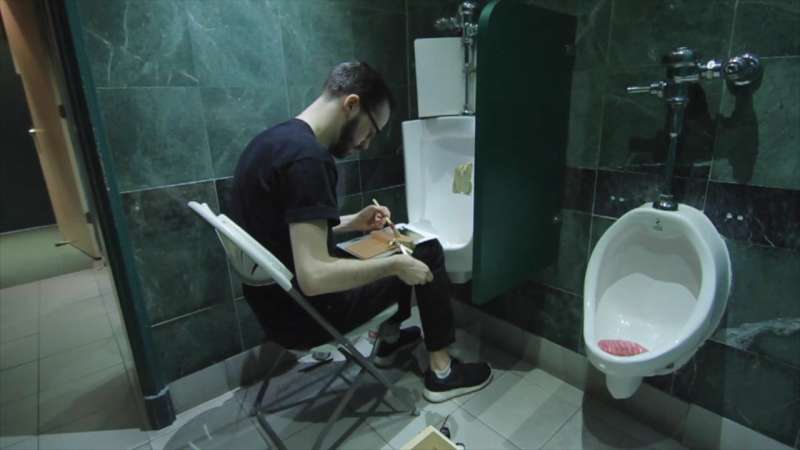
Clogged Drains
Cleaning blockages in sinks, toilets, showers, and sewage system lines.

Drain Cleaning
Routine cleaning to prevent blockages and keep flow.
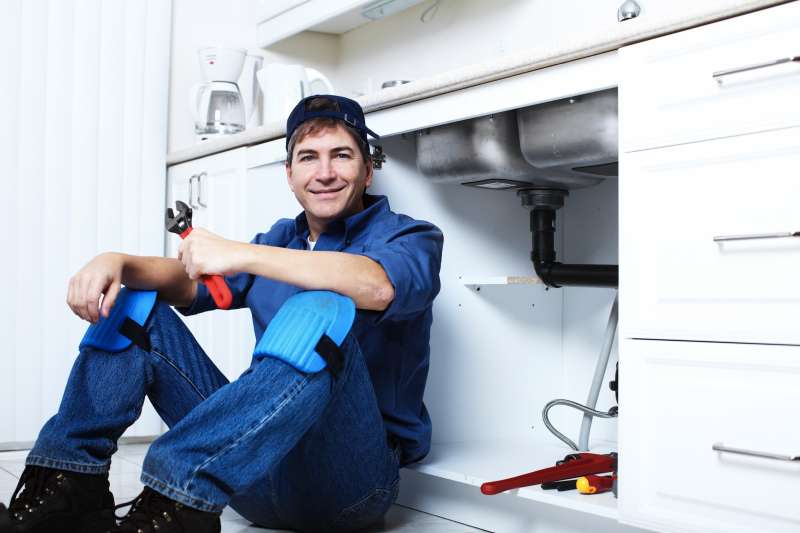
Fixture Repairs
Fixing malfunctioning faucets, toilets, and other components.
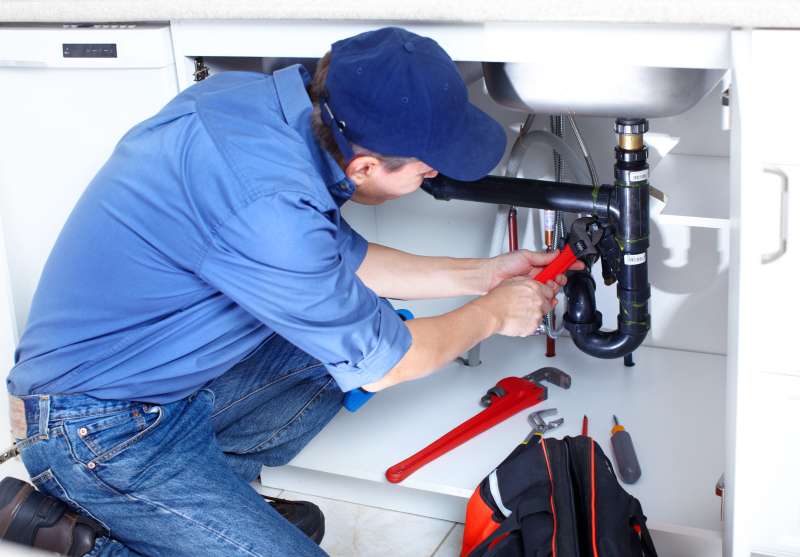
Fixtures
Installation of sinks, faucets, toilets, bathtubs, and showers.

Gas Leaks
Emergency detection and repair work to prevent hazards.

Gas Line Repairs
Fixing gas leaks and making sure correct gas line functioning.
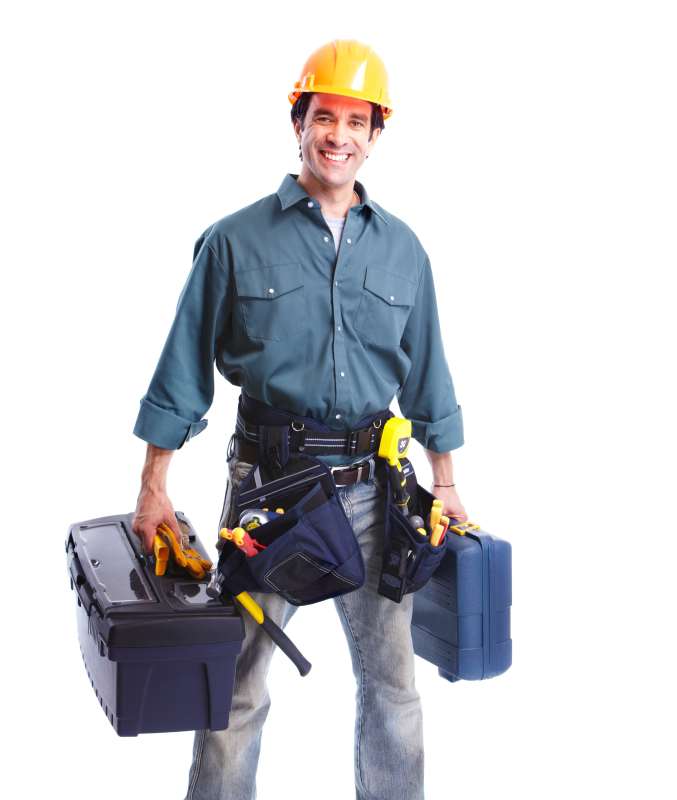
Greywater Recycling Systems
Establishing systems for reusing home wastewater.

Hydronic Heating
Installing and preserving glowing floor heating systems.

Industrial Pipework
Specialized piping for factories or industrial settings.

Irrigation Systems
Setting up and keeping outside watering.
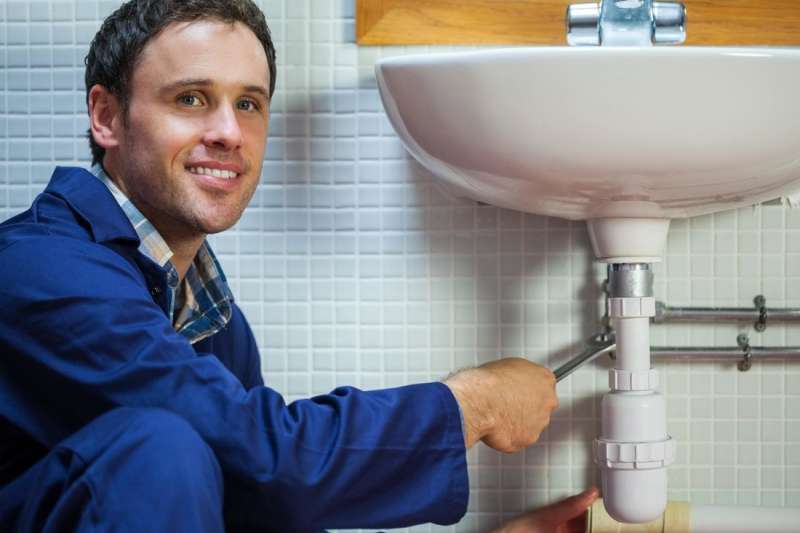
Large-scale Installations
Plumbing systems for brand-new structures or restorations.

Leak Detection and Repair
Fixing leakages in pipes, faucets, toilets, and appliances.

Overflowing Toilets
Quick resolution of serious blockages and overflows.

Pipe Inspections
Using cams to inspect pipelines for damage or blockages.

Pipe Repairs
Repairing or changing burst, corroded, or damaged pipelines.

Pipes and Fittings
Setting up brand-new piping systems for water, gas, and drain.
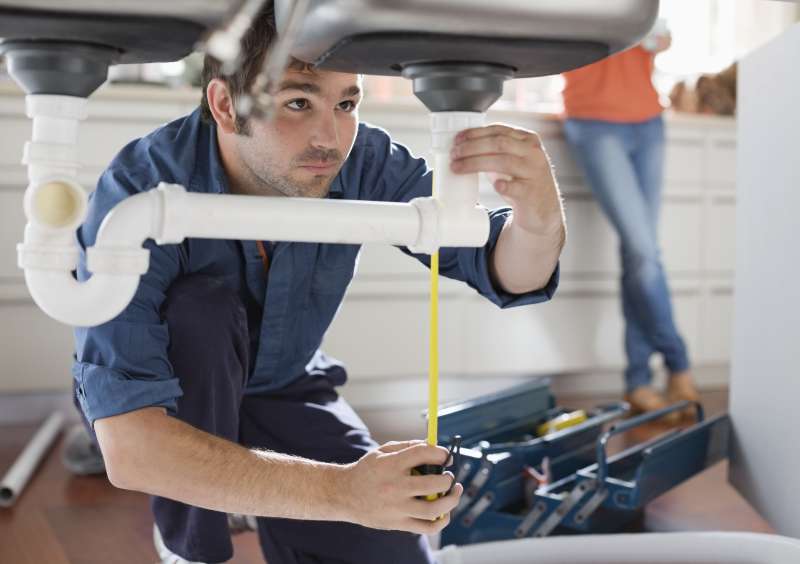
Pre-Purchase Inspections
Evaluating plumbing systems before purchasing home.
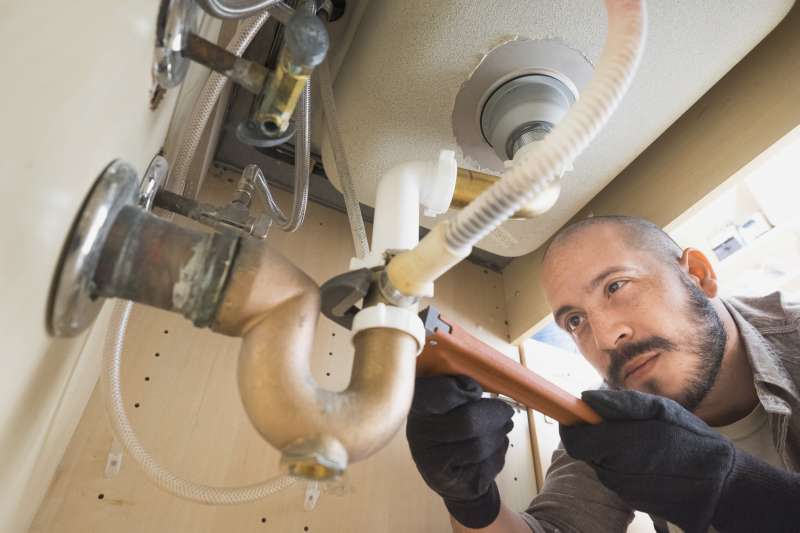
Rainwater Harvesting Systems
Installing systems to gather and utilize rainwater.

Regular Maintenance Contracts
Continuous upkeep services for companies.

Septic System Services
Setting up, fixing, and preserving sewage-disposal tanks.

Sump Pump Installation and Repair
Handling groundwater in basements.

Upgrading Fixtures
Setting up water-efficient or contemporary fixtures.

Water Efficiency Consulting
Advising on water-saving methods and items.

Water Filtration Systems
Installing water softeners and purification systems.

Water Heater Maintenance
Flushing and inspecting water heaters to prolong lifespan.
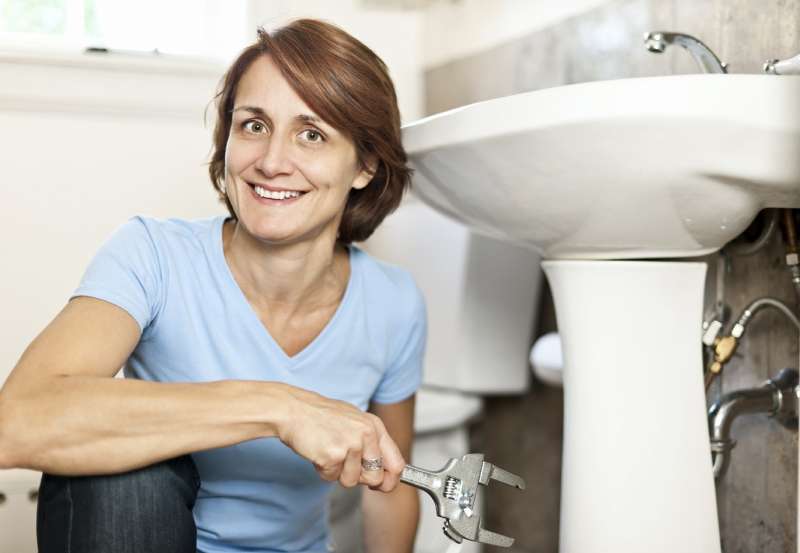
Water Heater Repair
Dealing with problems with temperature, leakages, or failure to heat water.

Waterproofing
Protecting basements or other areas from water invasion.
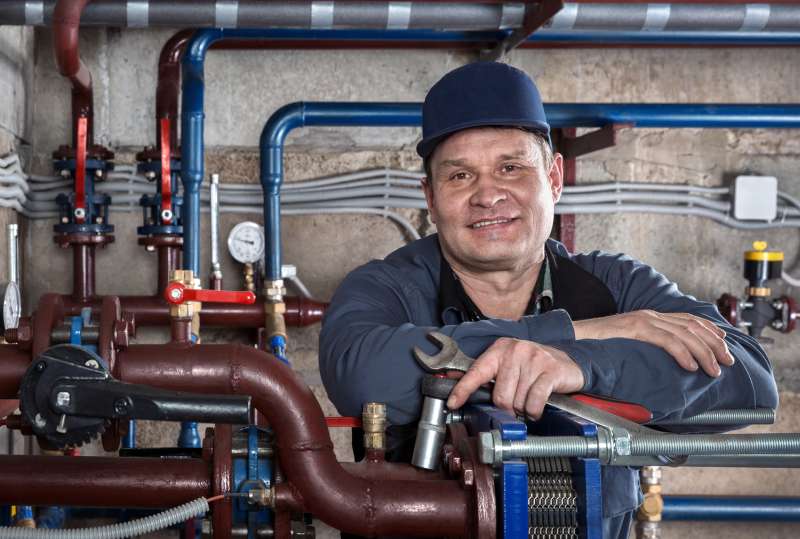
Sewer Backups
Immediate attention to prevent contamination and health dangers.

